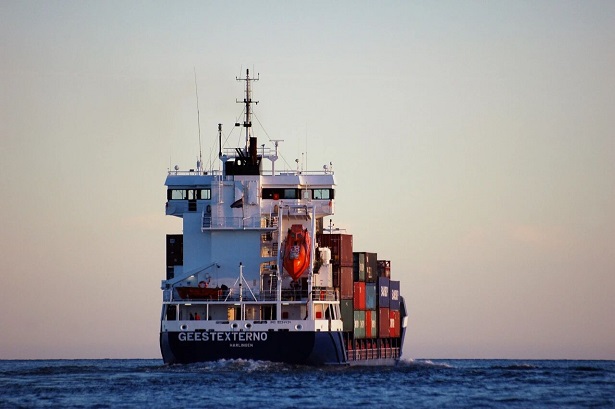 China's Import and Export Data
China's Import and Export Data
Nov .10.2025
Latest data released by China's General Administration of Customs on November 7 showed that in the first 10 months of this year, China's goods trade maintained a steady growth trend, with total import and export values increasing by 3.6% year-on-year.
 2025 Chinese military parade
2025 Chinese military parade
Sep .05.2025
On September 3, 2025, a grand ceremony to commemorate the 80th anniversary of the victory of the Chinese People's War of Resistance Against Japanese Aggression and the World Anti-Fascist War was held in Tiananmen Square, Beijing.












 China's Import and Export Data
China's Import and Export Data
 Latest Progress of China-Europe Freight Trains
Latest Progress of China-Europe Freight Trains
 2025 Chinese military parade
2025 Chinese military parade